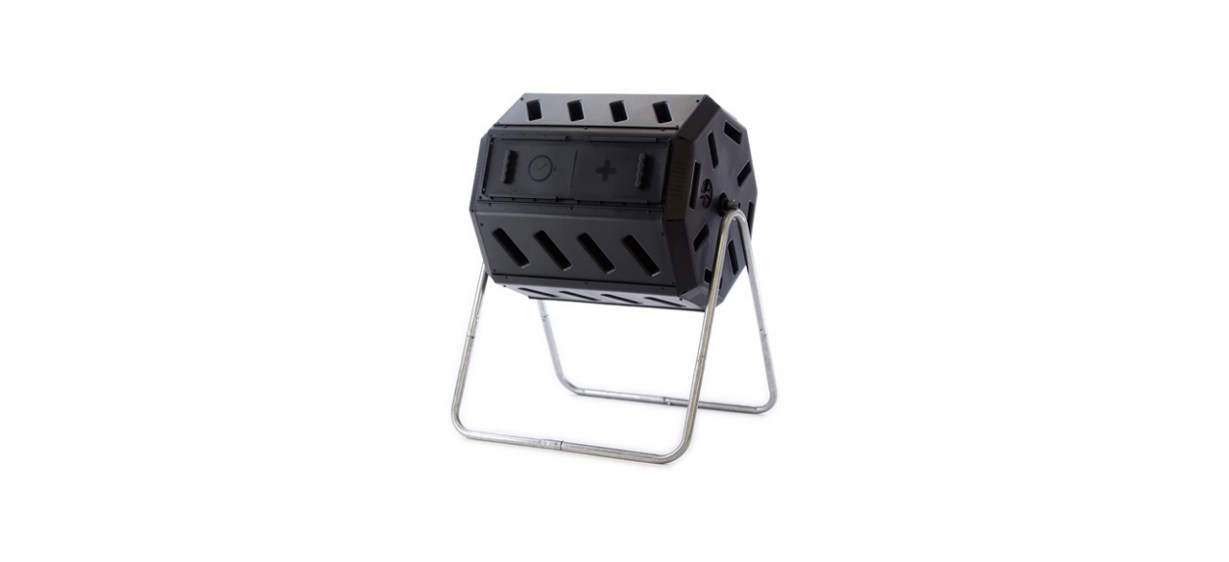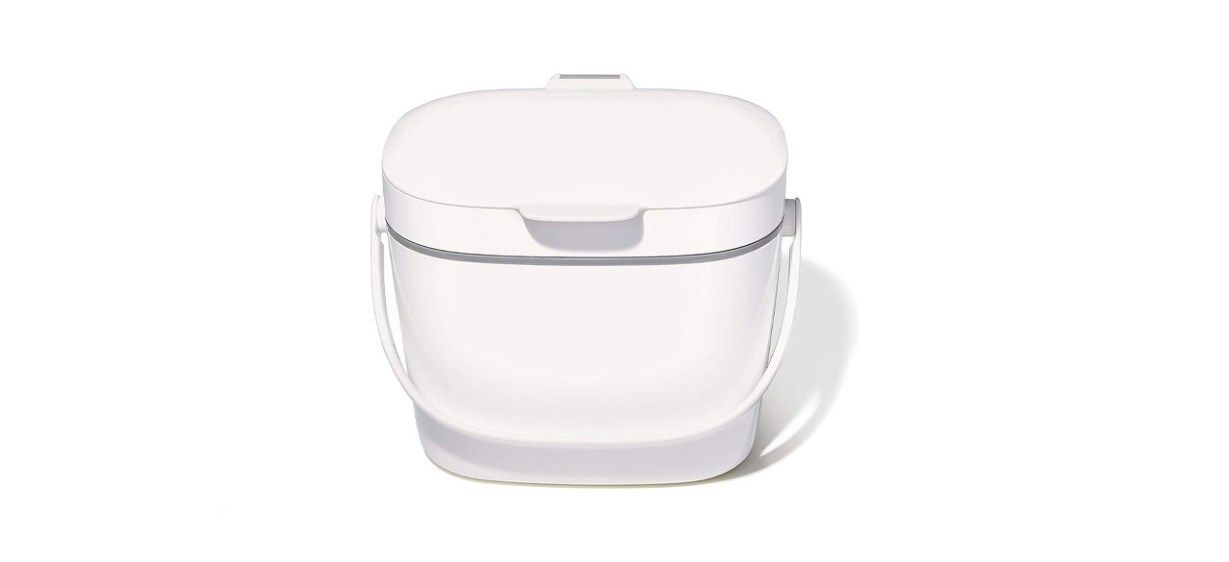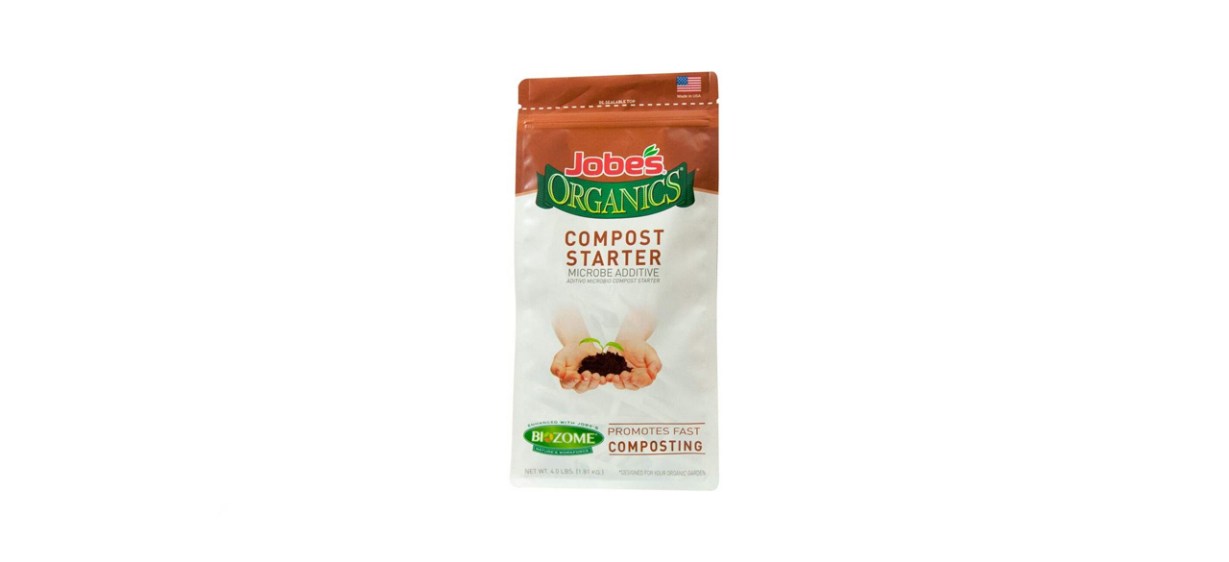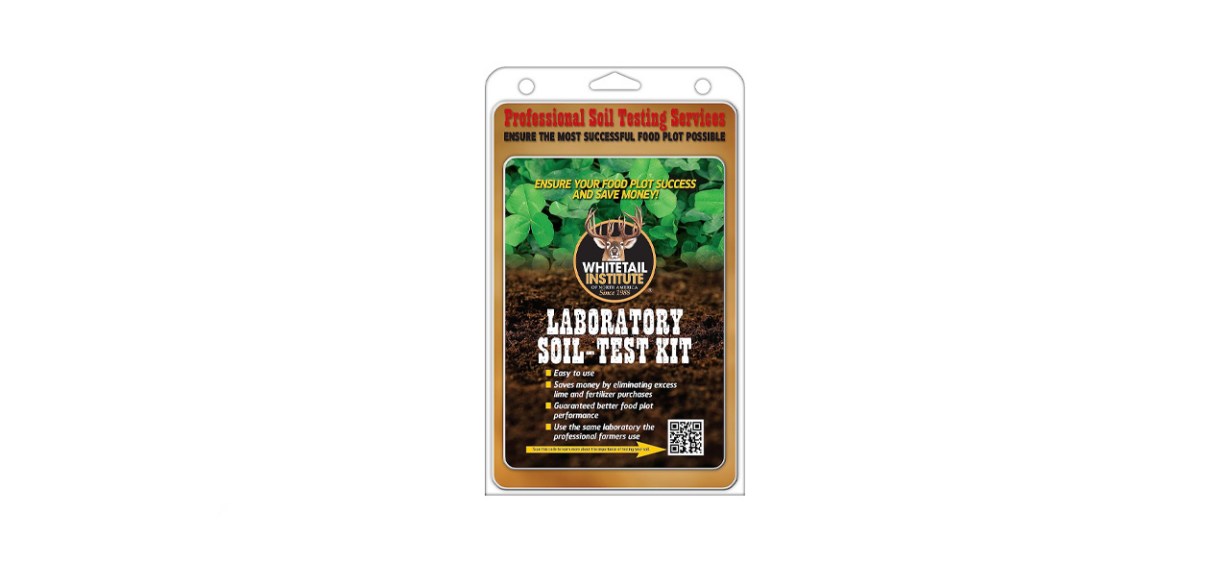Composting is more than a feel-good endeavor. It's also not reserved for those who prepare for catastrophic events. Composting is part of the Environmental Protection Agency’s Food Recovery Hierarchy. This hierarchy was created to outline what organizations and individuals can do “to prevent and divert wasted food.” Roughly 30% of what we throw away is compostable. Instead of waste, we’d have soil-enriching organic material. This frees up space in landfills and reduces the amount of methane gas produced and released into the atmosphere.
Shop this article: FCMP IM4000 Dual-Chamber Tumbling Composter, Jobe's Organics Compost Starter and Whitetail Institute Laboratory Soil Test Kit
Why compost is important
Unlike animals, plants are not mobile. When they need to eat, they can’t go out and hunt for food; it has to be brought to them.
Soil isn’t dirt. It’s alive. It provides the nutrients needed to support plant life. For dirt to remain soil, it must be continually fortified with nutrients. Once soil becomes dirt, plants cease to live.
Compost is a carbon-rich fertilizer made from organic materials. It is a source of nitrogen, phosphorus and potassium — the primary nutrients plants need to thrive. Compost helps soil retain moisture, reduces the need for chemical fertilizers, encourages the production of beneficial bacteria and helps suppress disease and pests. Compost is the secret ingredient that lets your garden thrive.
What materials are compostable?
According to the EPA, successful composting requires equal amounts of green and brown materials. The greens provide nitrogen, while the browns provide carbon. Water and oxygen are also necessary elements for composting.
Green examples include fruits, vegetables, grass clippings, eggshells, houseplants, flowers, green leaves and tea bags. Brown examples include hay, corn stalks, fall leaves, pine needles, cardboard, twigs, cotton and fireplace ashes.
What materials aren't compostable?
Not all organic materials are addable to your compost pile. The wrong materials can be harmful to plants, destroy beneficial nutrients or invite unwanted pests. Some items you never want to add to your compost pile include plants treated with pesticides, diseased plants, insect-ridden plants, dairy products, black walnut twigs and leaves, grease, fats, oils, meat, fish, bones and animal waste.
How do I compost?
Composting might sound like a difficult, labor-intensive task, but it takes only slightly more effort than tossing something in the trash.
- Location: Choose a location for your compost pile or compost bin. The area should be dry and shady yet within reach of a hose.
- Pile: Mix layers of green and brown material so your compost pile has roughly equal parts of each. If your compost pile is not heating up as expected, add more greens. If it begins to smell, add more browns.
- Moisten and mix: Moisten any dry materials as they are added. Mix your compost pile roughly once every two weeks.
- Cover: To help keep a compost pile moist, you can cover it with a tarp.
- Monitor: Monitor your compost to ensure it doesn’t become dry enough to spontaneously combust. When the compost is ready, it will be a rich brown color that smells like earth. The material will be cool to the touch and crumble in your hand. If you can still see recognizable food content, the compost is not ready.
Hot composting vs. cold composting
There are two basic types of composting.
- Hot composting: You create your compost in batches and do not add to them, mixing them every couple of weeks. This process is faster, but you should not add anything new once you start. Your compost will be ready in about two months. It's also known as batch composting.
- Cold composting: You add new materials regularly. The benefit is you only need one pile and you have a place to add new materials as they become available. On the downside, this type of composting can require up to two years to be ready. It's also known as add-as-you-go composting.
- Combination composting: For the best of both worlds, have more than one compost pile. Build up the first pile until it gets to a predetermined size. At this point, start a second pile. This way, you can continue to add materials to the new pile without slowing down the composting process of the original pile.
What you need for composting
FCMP IM4000 Dual-Chamber Tumbling Composter
Create compost in as few as two weeks with this tumbling bin equipped with two compartments. This unit is a low-maintenance composter that is best for the beginner.
Sold by Amazon, Kohl’s and Wayfair
Oxo Easy-Clean Compost Bin
If you’re looking for a convenient countertop composter, this 1.75-gallon capacity model is perfect for the busy kitchen. The indoor composter has a stay-open lid, so you can toss in scraps while working. When finished, the lid seals shut to contain odors and keep pests away.
Sold by Amazon and Macy’s
Jobe's Organics Compost Starter
Jobe’s is for people who want to accelerate the composting process. This product increases microbial activity, so you get results in as little as two to three weeks.
Sold by Amazon
Ames Four-tine Forged Spading Fork
Another option for turning compost is a spading fork. This tool has a 30-inch handle, and it can easily penetrate and aerate your compost pile with its four sharp tines and poly D-grip.
Sold by Amazon
Whitetail Institute Laboratory Soil Test Kit
If you are curious about the nutrient content of your compost, you can send it out to be tested. This affordable soil test kit returns easy-to-understand results within one week.
Sold by Amazon
Want to shop the best products at the best prices? Check out Daily Deals from BestReviews.
Sign up here to receive the BestReviews weekly newsletter for useful advice on new products and noteworthy deals.
Allen Foster writes for BestReviews. BestReviews has helped millions of consumers simplify their purchasing decisions, saving them time and money.












